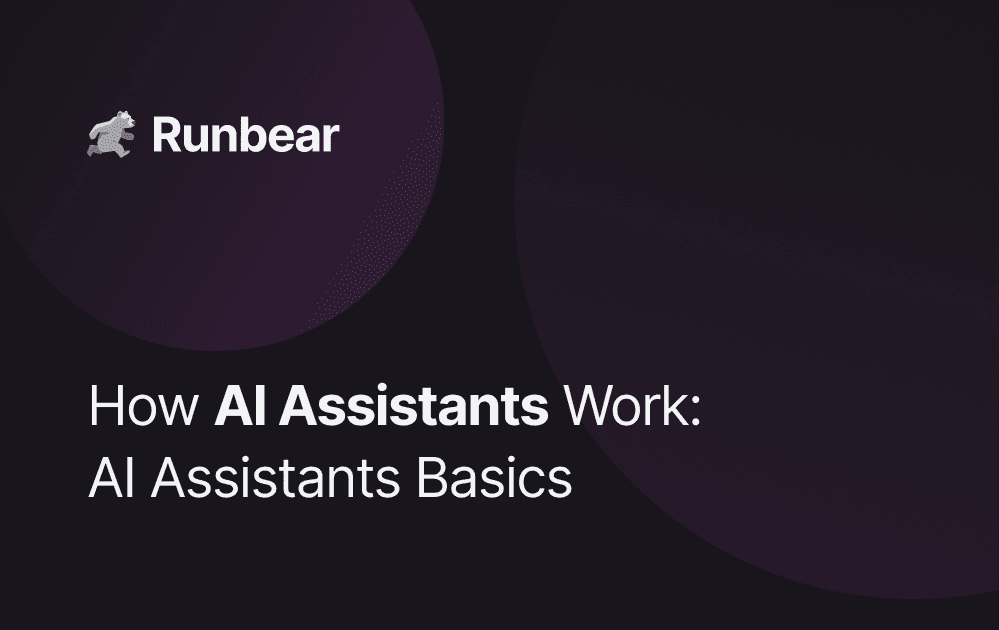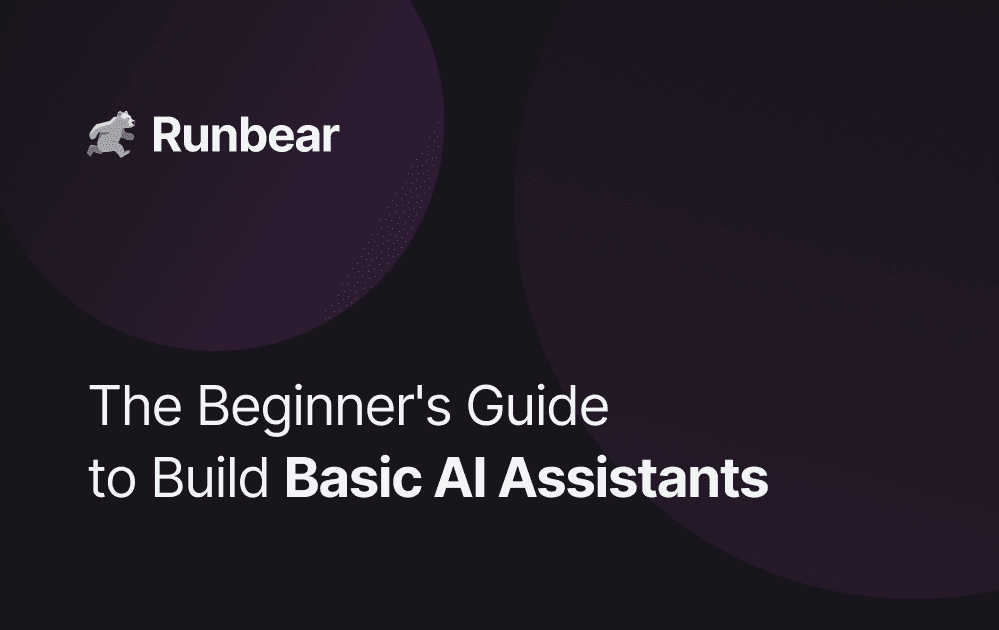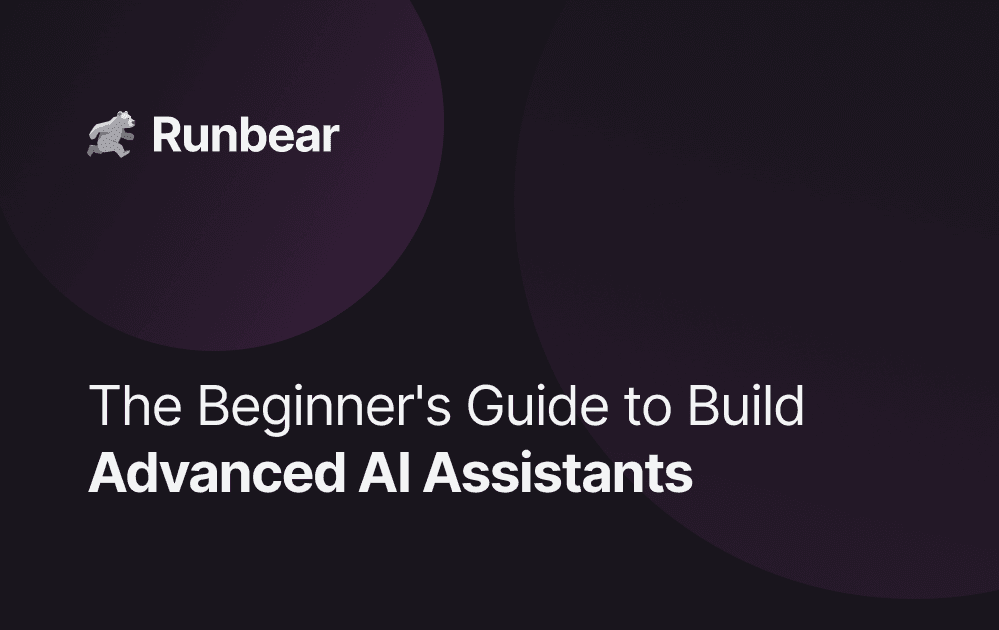Analyze AI Assistant Performance
Discover key methods for evaluating AI assistant performance, from human evaluation and metrics like BLEU and ROUGE to feedback tools like Runbear. Learn how these strategies enhance response quality and boost productivity.
As AI assistants become more widely used for both personal and professional tasks, understanding how well they perform is crucial. Analyzing an AI assistant's performance helps to improve its responses, ensuring users have the best possible experience while boosting productivity. But how can we effectively analyze the performance of these virtual helpers?
Let's dive into a few methods for monitoring and evaluating the quality of an AI assistant's performance, focusing on both human evaluation and model performance metrics.
Ways to Monitor AI Assistant Performance
Human Evaluation
Human evaluation is one of the most direct and insightful ways to gauge how well an AI assistant is doing. It involves users manually monitoring the assistant's responses and collecting feedback. Here are two main approaches:
- Manual Monitoring: This approach involves a human reviewer going through conversations or interactions the assistant has with users. It helps to identify issues that automated methods may miss, such as nuanced inaccuracies or failure to understand the user's intention.
- Feedback Collection: Encouraging users to provide feedback, such as rating a response, helps identify areas for improvement. This can be done through surveys or even simple like/dislike options after interactions. Gathering feedback provides a continuous stream of data that highlights both successes and failures in real-world scenarios.
Model Performance Metrics
To effectively analyze AI performance, it's essential to use standardized metrics and evaluation methods. These include metrics like BLEU (Bilingual Evaluation Understudy) and ROUGE (Recall-Oriented Understudy for Gisting Evaluation). These metrics compare the AI's responses to a set of reference answers and provide a score that indicates how similar they are. While human evaluation is important, these metrics provide a quantitative measure that helps track improvements over time.
- BLEU Score: Commonly used for machine translation tasks, BLEU measures how closely the assistant's responses match expected answers. It's particularly useful for tasks involving structured or factual information.
- ROUGE Score: ROUGE is often used to evaluate summarization. It compares the words and phrases generated by the model to those of reference summaries, providing an indication of quality.
Implementing Simple Feedback Analysis Using Runbear

If you want a simple way to start analyzing your AI assistant's performance, tools like Runbear can help streamline the process. Runbear offers a quick way to gather user feedback through emoji reactions. Users can easily rate responses with emojis, making it convenient and intuitive for them to provide feedback.
With Runbear, the collected emoji feedback is displayed in a clear dashboard, giving you a direct look at which interactions are hitting the mark and which could use improvement. It allows you to understand overall user sentiment, identify problematic areas, and make necessary adjustments to your AI assistant. This simple yet effective feedback loop can drastically improve performance over time.
The Power of Feedback-Driven Improvement
Whether through detailed human evaluation or automated model metrics, analyzing an AI assistant's performance is about identifying what's working and what isn't. Tools like Runbear help make this process straightforward, integrating feedback loops directly into the user's everyday interactions.
By continually monitoring and improving performance, AI assistants can deliver increasingly accurate, relevant, and helpful responses—keeping users satisfied and productive.



